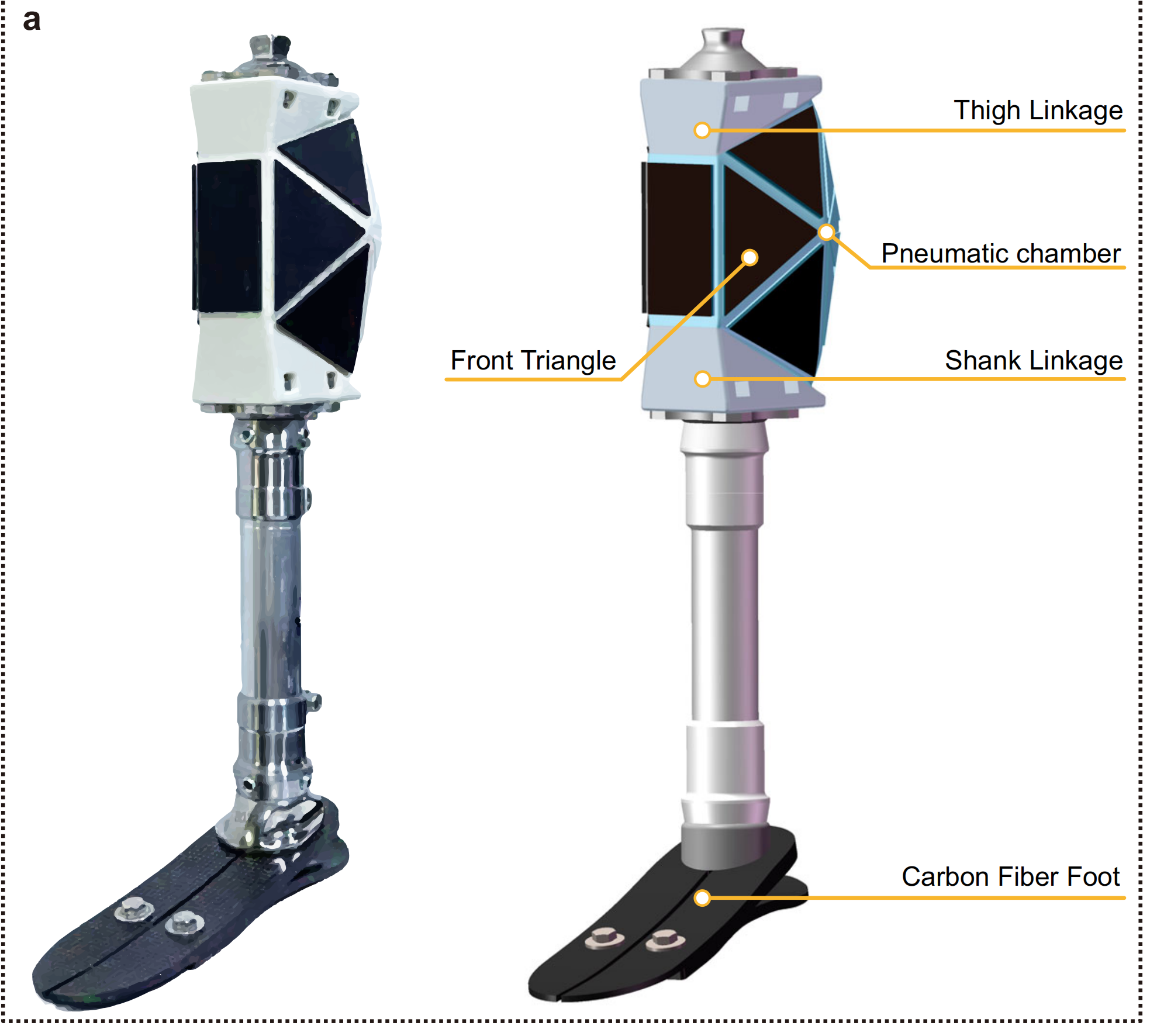New Tech Transforms Manufacturing Industry
As new quality productive forces develop, the traditional manufacturing industry has become the backbone of the development through transformation and upgrading.
Advancing new industrialization
The real economy, particularly industrial manufacturing, remains the primary engine of economic growth for many regions in China and will remain so in the future.
Today, new technologies centered on AI have an immeasurable impact on all industries, especially industrial manufacturing, leading to the formation and development of new production methods and new quality productive forces. The growth of China's economy requires further industrialization, which is different from what it used to be in the past. Future industrial manufacturing will develop in novel ways and remain a vital engine for China's economic growth, according to Fudan University professor Rui Mingjie.
Embracing intelligent transformation
"AI is one of the most revolutionary, pervasive and even disruptive technologies. I believe it is the most representative technology promoting the development of new quality productive forces. When 'AI+' is applied to various industries, it forms typical new quality productive forces," said Huang Qunhui, director of the Institute of Economics, Chinese Academy of Social Sciences.
The recent upgrade and optimization of the Rizhao Port in Shandong province, east China, is a vivid example of this transformation. Technological innovation has transformed the deep-water port from a traditional one into a modern one.
"Rizhao Port has constructed a shore-based, fully automated container terminal, integrating technologies like 5G, BeiDou and AI. It has introduced six industry-leading technological achievements, such as a domestically developed unmanned container truck scheduling system, achieving a true transformation from 'manned' to 'unmanned' operations and from traditional bulk cargo terminals to automated container terminals. This has increased single-machine efficiency by 50 percent, reduced overall costs by 70 percent, and cut annual carbon emissions by over 9,000 tons," explained Zhang Liangang, a senior expert at the Shandong Port Group Co., which operates the port.
Zhang said automated terminal construction primarily involves two methods: building new automated terminals and upgrading traditional ones, with the latter being more cost-effective and quicker to construct, providing a Chinese solution for the global transformation of traditional terminals into fully automated container terminals.
Data shows that by the end of 2023, China had over 400 national-level demonstration factories and over 10,000 provincial-level digital workshops and intelligent factories. Digital technology is empowering new industrialization with its broad industry coverage, strong business penetration, high intelligence level, and significant economic benefits.
Upgrading green growth with technology
Green development is an inherent requirement of new quality productive forces and the cornerstone of high quality development, according to Shi Jianxun, deputy director of the National Institute of Innovation and Development at Tongji University in Shanghai.
Green development is a key focus at the Rizhao Port. The Shijiu Port, part of the Rizhao Port, uses environmental protection equipment linked by Internet of Things (IoT) technology to monitor dust concentration in real-time and enable intelligent spraying of the storage yard, technicians told Science and Technology Daily. This contributes to a full-process intelligent environmental protection control system and promotes environmental management transformation.
Three systems operate online simultaneously at the port container terminal: an intelligent control system, a production business management system, and ta supply chain service platform, the new Zhoudao platform. The launch of an e-container business mode on the Cloud Port platform marks a nationally produced and fully independent container core production system, a first for the port. After going online, the wharf's operation efficiency has increased by 23 percent and sluice clearance efficiency by 30 percent.







